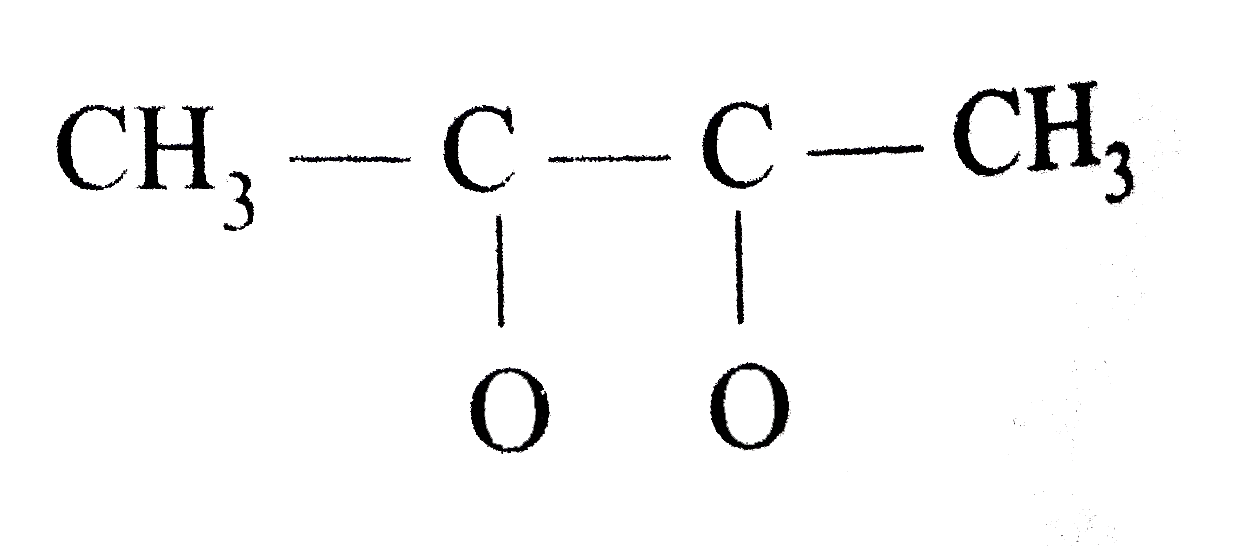CH2=CH2Br2/H2O−−−−−→A,
In the above reaction the compound A is
Ethylene bromohydrin
1, 2-dibromo ethane
Ethanol
None of these
The correct Answer is:A
To determine the compound A formed from the reaction of ethylene (CH₂=CH₂) with bromine water (Br₂/H₂O), we can follow these steps:
Step 1: Identify the Reactants
The reactants are ethylene (CH₂=CH₂) and bromine water (Br₂ in the presence of H₂O).
Step 2: Understand the Reaction Mechanism
The reaction involves the addition of bromine (Br₂) and water (H₂O) across the double bond of ethylene. This is an electrophilic addition reaction.
Step 3: Electrophilic Attack
In the presence of Br₂, the double bond in ethylene acts as a nucleophile and attacks one of the bromine atoms, leading to the formation of a bromonium ion intermediate. This intermediate is a three-membered ring structure where one bromine atom is positively charged.
Step 4: Nucleophilic Attack by Water
Water (H₂O) acts as a nucleophile and attacks the more substituted carbon of the bromonium ion. This results in the opening of the bromonium ion and the formation of a product.
Step 5: Final Product Formation
The final product will have a bromine atom (Br) and a hydroxyl group (OH) added to the two carbon atoms of the original double bond. The product formed is 1-bromo-2-hydroxyethane.
Step 6: Write the Structure of Compound A
The structure of compound A can be represented as:
- CH₂(OH)-CH₂(Br)
Thus, the compound A is 1-bromo-2-hydroxyethane.
Final Answer
The compound A is 1-bromo-2-hydroxyethane.
---
The reactants are ethylene (CH₂=CH₂) and bromine water (Br₂ in the presence of H₂O).
The reaction involves the addition of bromine (Br₂) and water (H₂O) across the double bond of ethylene. This is an electrophilic addition reaction.
In the presence of Br₂, the double bond in ethylene acts as a nucleophile and attacks one of the bromine atoms, leading to the formation of a bromonium ion intermediate. This intermediate is a three-membered ring structure where one bromine atom is positively charged.
Water (H₂O) acts as a nucleophile and attacks the more substituted carbon of the bromonium ion. This results in the opening of the bromonium ion and the formation of a product.
The final product will have a bromine atom (Br) and a hydroxyl group (OH) added to the two carbon atoms of the original double bond. The product formed is 1-bromo-2-hydroxyethane.
The structure of compound A can be represented as:
- CH₂(OH)-CH₂(Br)
The compound A is 1-bromo-2-hydroxyethane.
Topper's Solved these Questions
- BOOK - ERRORLESSCHAPTER - HYDROCARBONSEXERCISE - NCERT BASED QUESTION (ALKYNE)67videos
HYDROCARBONS
- BOOK - ERRORLESSCHAPTER - HYDROCARBONSEXERCISE - NCERT BASED QUESTION (AROMATIC HYDROCARBON)78videos
HYDROCARBONS
- BOOK - ERRORLESSCHAPTER - HYDROCARBONSEXERCISE - ASSERTION & REASON18videos
HYDROCARBONS
- BOOK - ERRORLESSCHAPTER - GENERAL ORGANIC CHEMISTRY EXERCISE - ASSERTION AND REASON14videos
GENERAL ORGANIC CHEMISTRY
- BOOK - ERRORLESSCHAPTER - HYDROGENEXERCISE - ASSERTION & REASON6videos
HYDROGEN
Similar Questions
Knowledge Check
- Question 1 - Select One
CH2=CH2Br2/H2O−−−−−→A, In the above reaction the compound A is
AEthylene bromohydrinB1,2-dibromo ethaneCEthanolDNone of these - Question 2 - Select One
CH3C≡CCH3(i)X−−−−−−−→(ii)H2O/Zn

X in the above reaction isAHNO30BO2CO3DKMnO4 - Question 3 - Select One
CH2−CH2−CH2−CH3Br2/hv−−−−→
Major product in the above reaction is:ARacemic mixtureBMesoCDiastereomersDConstitutinal isomers
CH3CH2COOHBr2−−→Red PXNH3(alc.)−−−−−−→Y
Y in the above reaction isView SolutionCH3CH2CH2CONH2Br2/KOH−−−−−−→Product
The organic product of above reaction is.View SolutionPh−CH2−CH∣OH−CH3K−−→C2H5Br−−−−→(A)
Product (A) in above reaction is :View SolutionCH3−CH2−⋅⋅O⋅⋅−CH=CH2H2∅H2SO4−−−−−→
The∏ucts/sformed∈thereactionis/are:View SolutionCH3−CH3∣C∣CH3CH2CH2CH2OHH+−−→ The alkene formed in the above reaction will be :
View Solution

